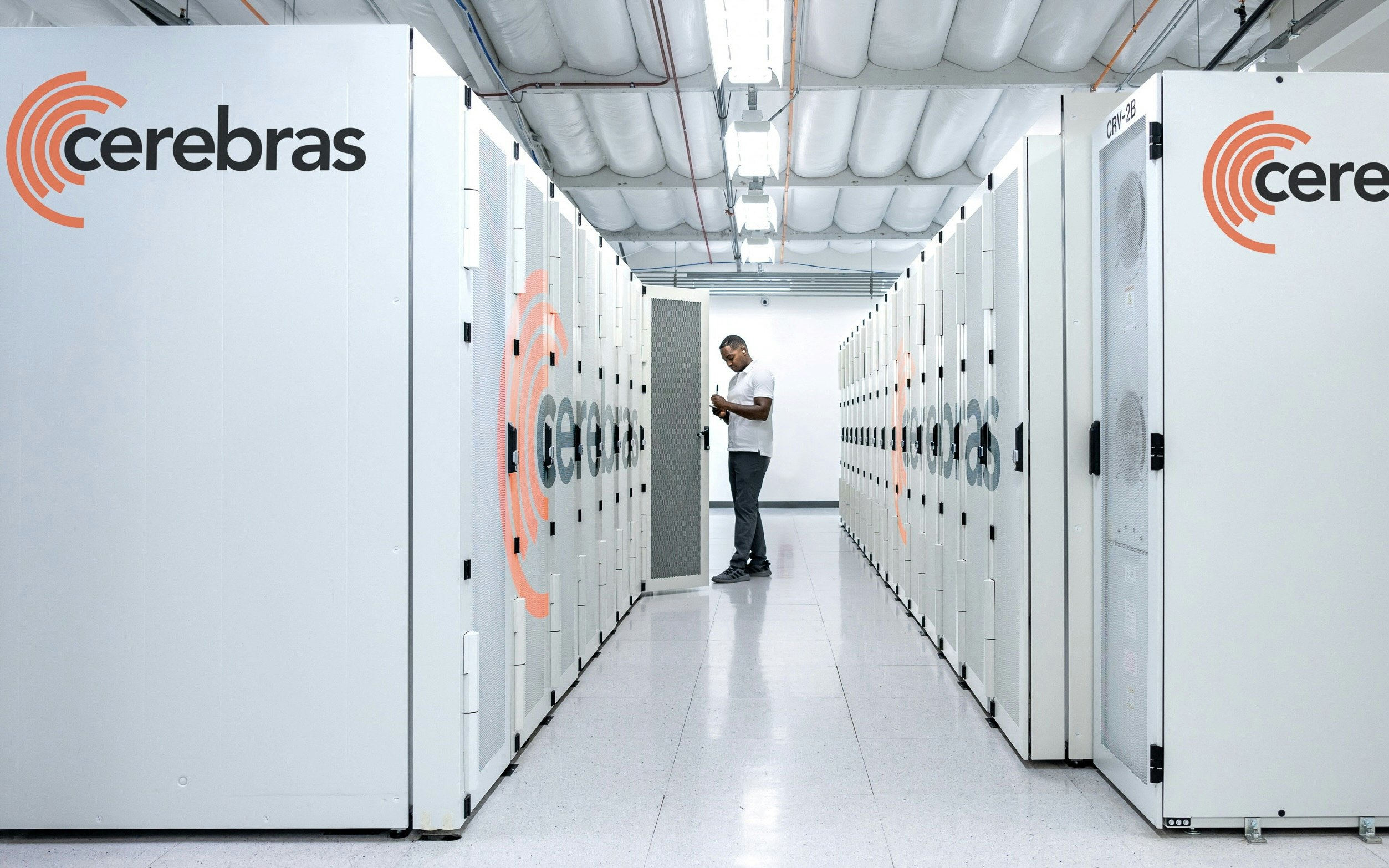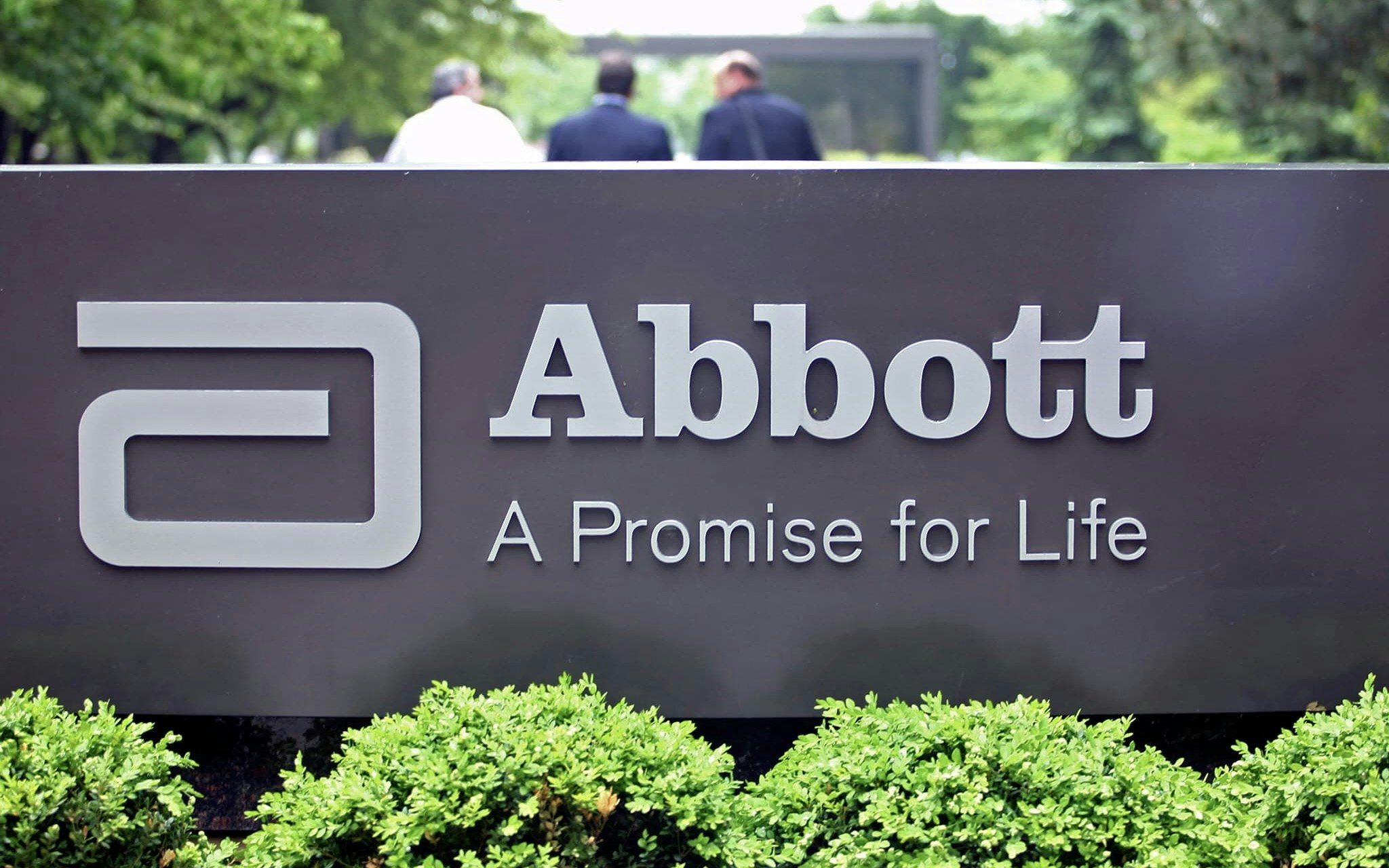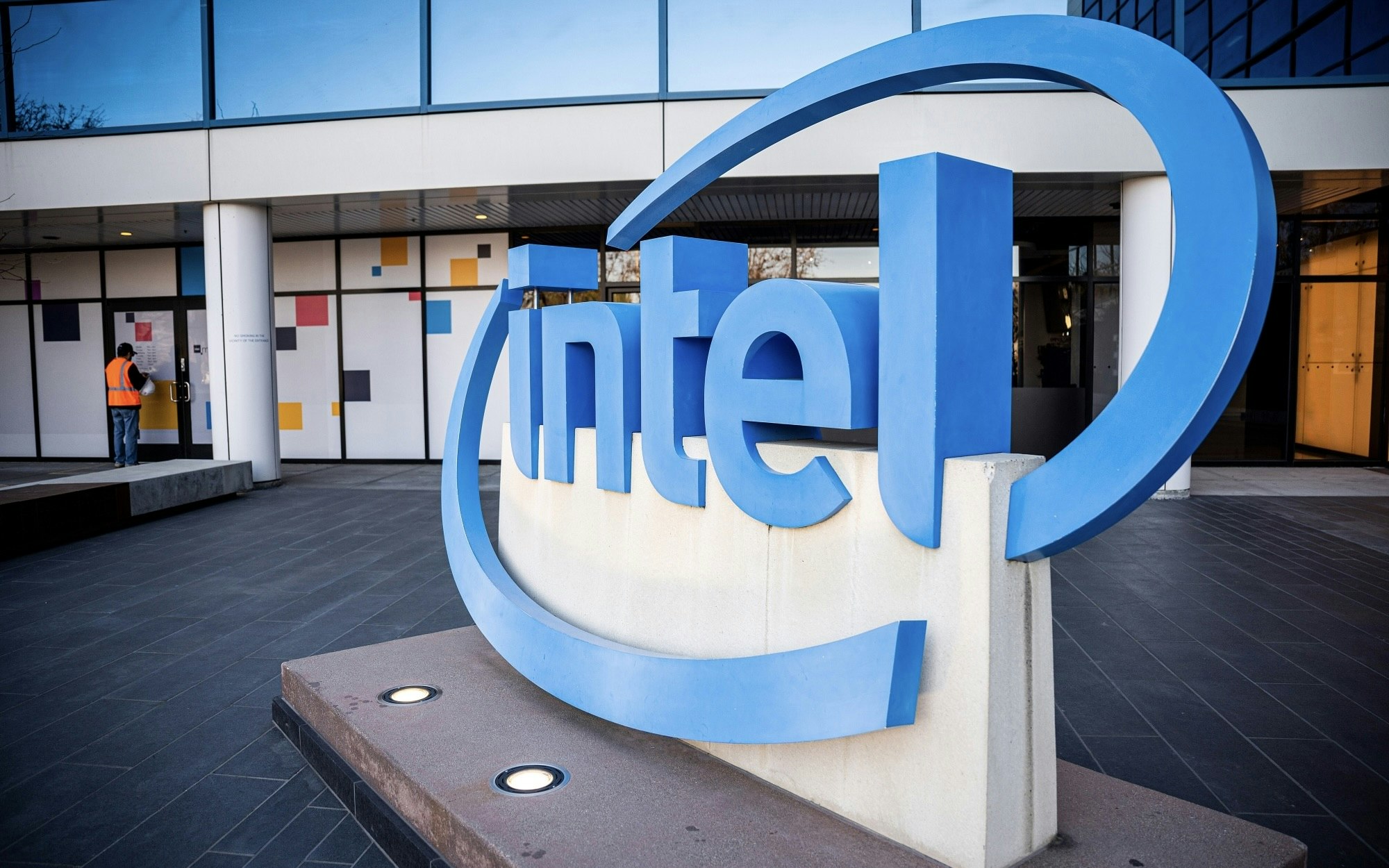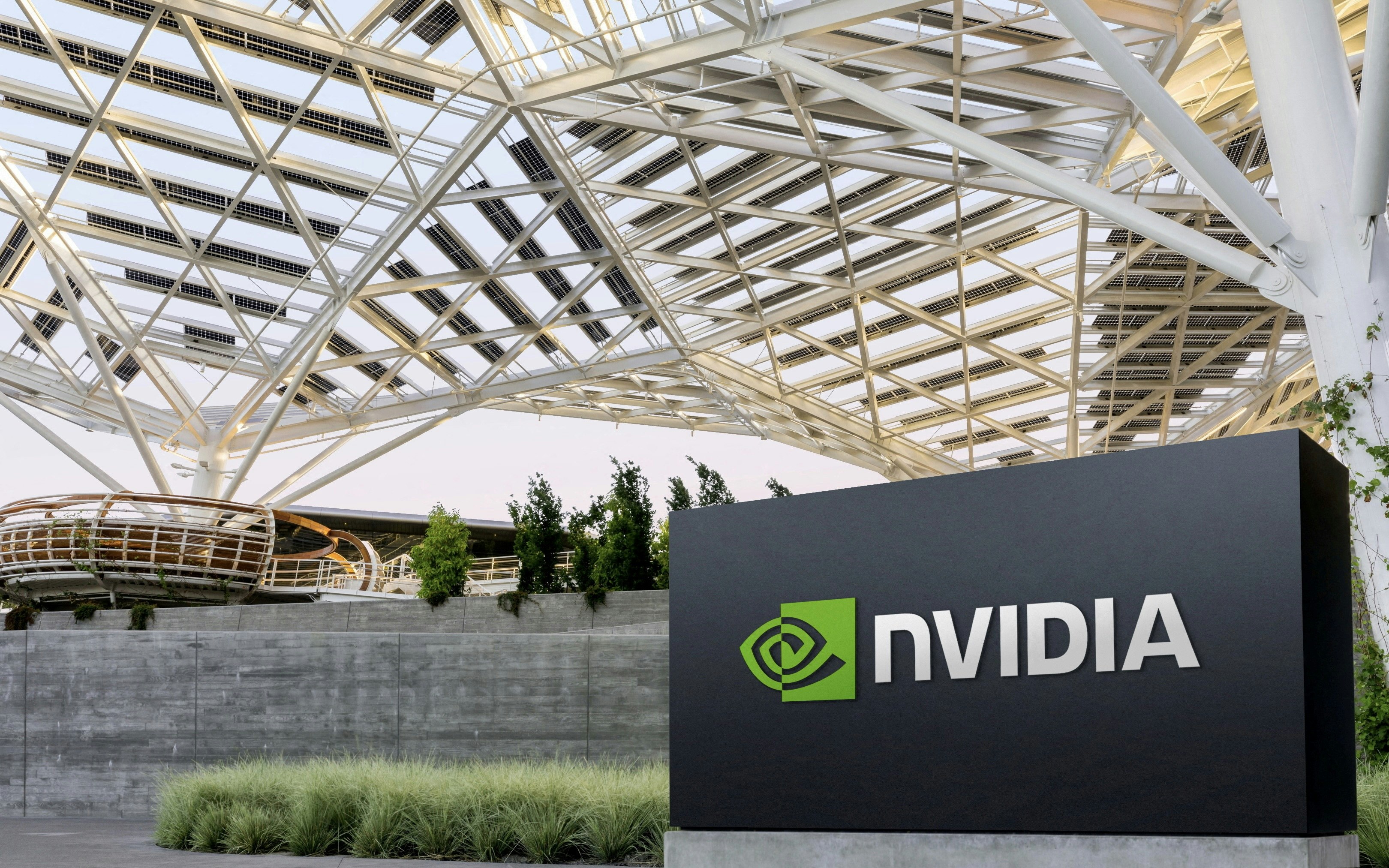AI
Cerebras unveils gigantic computer system: 27 million AI cores revolutionize technology
Cerebras launches Condor Galaxy and a global, multi-million dollar cluster system spanning continents in partnership with Abu Dhabi's G42.

Cerebras CEO Andrew Feldman has announced that his company, in collaboration with the Abu Dhabi-based investment firm G42, will build "the world's largest supercomputer for artificial intelligence." It will be named Condor Galaxy and is expected to generate hundreds of millions of dollars for a cluster system spanning multiple continents.
The machine, named after a cosmological system 212 million light-years away from Earth, is based on 32 specialized artificial intelligence computers of the CS-2 type developed by Cerebras. These feature a total of 27 million computational cores, 41 terabytes of memory, and a bandwidth of 194 trillion bits per second. Additionally, there are 36,352 AMD EPYC x86 server processors for support.
The Machine Operates at a Speed of 2 ExaFLOPS, Which is a Quintillion Floating-Point Operations Per Second. According to Feldman, This is the Result of Months of Collaboration Between Cerebras and G42 and the First Major Announcement of Their Strategic Partnership. The Initial Contract Value is Over $100 Million for Cerebras and is Expected to Grow to Several Hundred Million Dollars Over Time as Condor Galaxy is Expanded in Several Phases.
The goal of Condor Galaxy is the "Training" of Neural Networks, namely the part of machine learning where the parameters and weights of the network need to be adjusted to a level sufficient for prediction, also known as "Inference". To achieve this, the CS-2 computers from Cerebras are interconnected into a cluster using specially developed "Fabric" switches and dedicated memory hubs.
According to Feldman, the claim of being the largest supercomputer for artificial intelligence is somewhat exaggerated, as there is no general registry for the size of AI computers. The usual unit of measurement for supercomputers, the TOP500 list maintained by the company Prometeus GmbH, includes conventional supercomputers used for high-performance computing. However, Feldman states these are not comparable because they operate with 64-bit precision, while the Cerebras systems represent data in a simpler form of 16 bits.
The Machine, also known as CG-1, is Encapsulated by Colovore in Santa Clara, California, a provider of cloud services competing with companies like Equinix. Back in November, Cerebras had announced a partnership with Colovore for a modular supercomputer named "Andromeda," which aims to accelerate the processing of large language models. Over the course of the long-term partnership, Condor Galaxy is to be further developed through version CG-9. In the second phase, expected in the fourth quarter of this year, the system size will double and reach a speed of 4 exaFLOPS.
In total, nine interconnected systems are expected to be created, each running at 4 exaFLOPS, thereby achieving a combined capacity of 36 exaFLOPS. This machine, referred to as the world's largest networked artificial intelligence supercomputer, is scheduled to become operational by the end of 2024.
What Is Special About the Partnership Is That Cerebras Is Not Only Building the Cluster System but Also Operating It for the Customer. As a Result, Cerebras Is Presented with Multiple Opportunities to Generate Revenue. On One Hand, Direct Sales from Cerebras to G42 Will Grow into the Hundreds of Millions of Dollars. On the Other Hand, the Partnership Significantly Expands Cerebras's Cloud Capacity, Thereby Offering Other Customers the Chance to Access the Computing Power of the CG-1.
The partnership also shows how ambitious the goals in the field of artificial intelligence are. Feldman emphasizes that exciting projects developed with the help of CG-1 are to be unveiled in the next 60 days. G42 is a global conglomerate with over 22,000 employees in 25 countries and nine operating companies under its roof. The shared vision of G42 and Cerebras is to address societal challenges in healthcare, energy supply, climate protection, and more with Condor Galaxy.
For Feldman, the idea from the outset was not just to build large computers, but to achieve a qualitative difference by switching from the biggest chip to the largest cluster system. "When we founded the company, we thought we could change the world by building cool computers," Feldman sums up. "Now, we are on the way to building unimaginably large machines - and it's great when you walk through the data center and hear rack after rack humming with our equipment."






